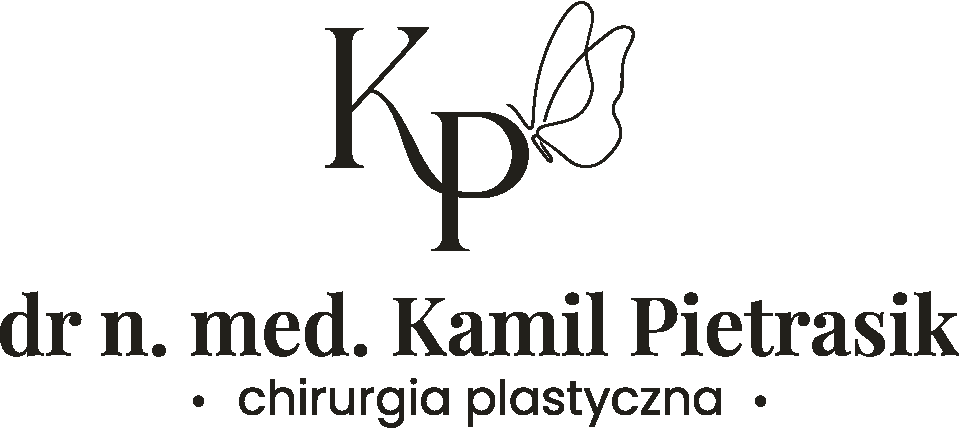Dupuytren’s disease
Dupuytren’s disease is pathological thickening of the fascia on a palm of the hand which may extend to fingers. Although disease was described in XIX century, its causes are still unknown. It has been proven that genetic factors, multiple micro-contusions and some professions predispose to onset of the disease. Usually it involves 4th and 5th finger and less frequently thumb. In early stages the disease manifests as palpable nodule(s) on palm which may be painful or cause some discomfort but doesn’t cause finger contracture. In more advanced stages, disease progress from palm to fingers causing their contractures what impairs normal hand function. Hypertrophied bands may involve nerves causing numbness, tingling or pain on involved and adjacent digits. In end stage of the disease with long history of finger contracture joints may be irreversibly blocked. Progress of the disease is very individual and unpredictable. Patients experience difficulties in activities such as washing hands, wearing gloves, shacking hands and reaching pockets.
Treatment of Dupuytren’s disease is grade-dependent. In early stages (without finger contracture and pain) conservative approach is recommended. In more advanced stages (with finger contraction and discomfort) but still without joint deformations 3 types of treatment may be applied.
- Colagenase injection is least invasive form of treatment recently introduced to hand surgery. Injected enzyme digest hypertrophied bands making them more prone to mechanical brake and release of the contracture. Prospective randomized studies are pending testing longevity of the treatment results and recurrence rate.
- Needle fasciotomy with fat grafting has been recently introduced to hand surgery by Dr Khouri from Miami. Dr Pietrasik had a chance to visit Dr Khouri in his Kay Biscaine Hospital and learn this technique from him. After mechanical weakening of hypertrophied bands with multiple needle pricks, fat harvested from donor area (i.e. lower abdomen, thighs) is injected to palm.
- Selective fasciectomy is standard surgical procedure which aims at excision of hypertrophied bands and reduction of finger contracture.
All above methods have their individual indications and limitations.
After obtaining patients history and examining the hand, Dr Pietrasik proposes one of above treatment options selecting one with highest chances for obtaining good result with lowest risk of complications.
Colagenase injection and needle fasciectomy with fat grafting are performed in local anesthesia meanwhile selective fasciectomy is performed in regional block.
Patient is discharged home just after the procedure.
Operated hand is immobilized in dorsal half-splint and should be kept in elevation till wounds are healed and skin sutures removed what usually takes 14 days. Hand therapy should be started from post-op day 4 and continued for a period of 4-6 weeks to restore function and sustain obtained results.
Return to professional activity involving hand depends on method selected although it is from 1 month after less invasive procedure up to 2- 3 months after standard surgery.
Recurrence rate of Dupuytren’s contracture in best hand surgery centers is 30-50%.
| Duration | up to 2,5 h |
| Anesthesia | local |
| Stay in the facility | 3 h |
| Recovery | 14 d + rehabilitation 4-6 weeks |
| Sutures | removed at post-op day14 d |
| Contraindications | untreated mental illnesses, blood clotting disorders, uncontrolled hypertension, cardiac arrhythmias, uncontrolled diabetes, active infections, autoimmune diseases, cancer |
| Recommendations before surgery | Dupuytren pre-op.pdf |
| Recommendations after surgery | Dupuytren post-op.pdf |
This short information doesn’t replace medical consultation in the office.
